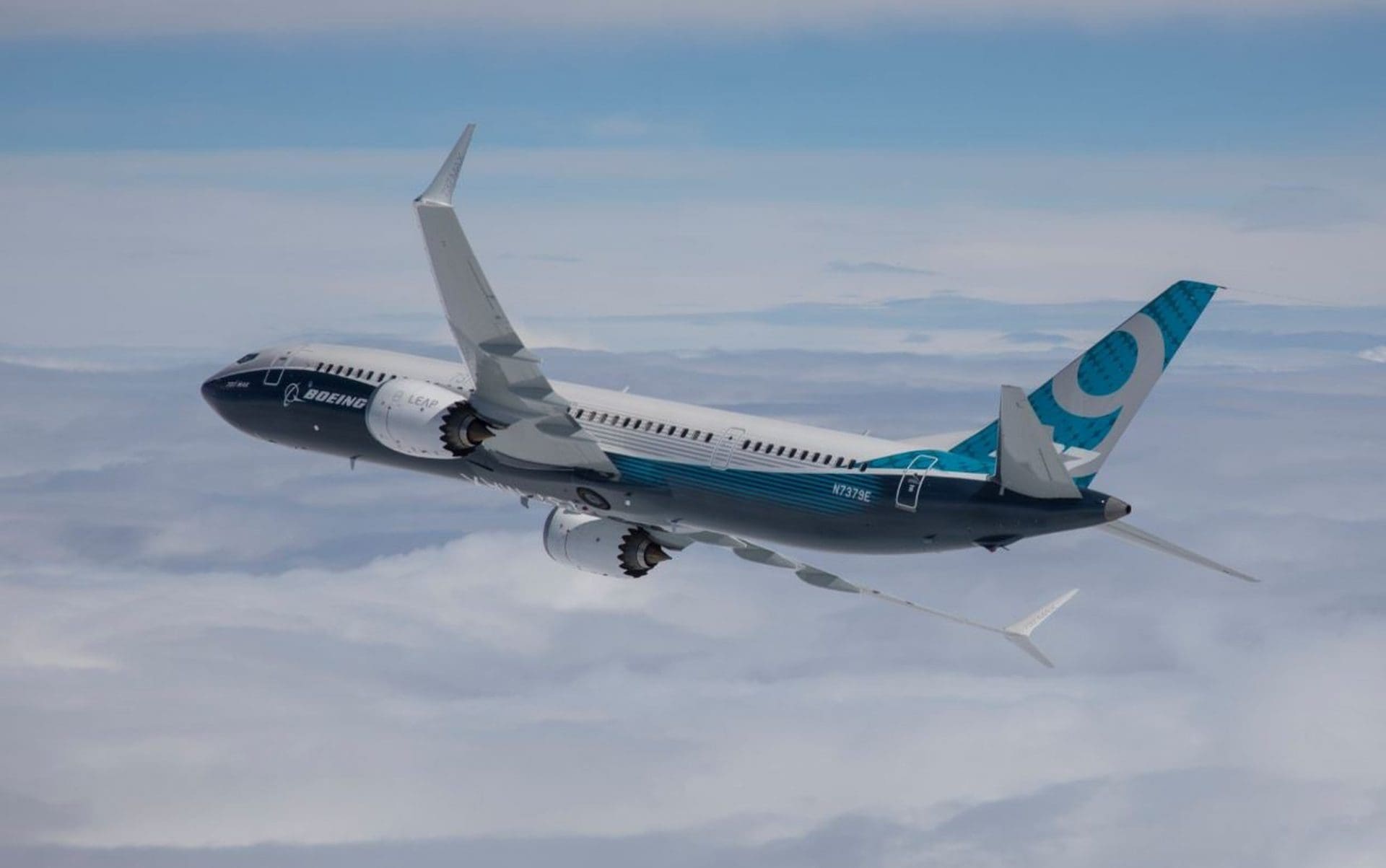
Six months ago, the FAA finally recertified the Boeing (NYSE:BA) 737 MAX for commercial service, following a 20-month grounding. This allowed Boeing to resume 737 MAX deliveries last December: a crucial step toward eventually returning to positive cash flow.
Alas, within a few months, Boeing ran into new problems with its most popular jet, forcing it to pause 737 MAX deliveries in early April. Customers had to pull more than 100 jets from service, too.
Fortunately, Boeing has now resumed 737 MAX deliveries, and customers are rapidly putting their grounded jets back into service. However, the cost of this latest debacle remains to be seen.
Addressing electrical issues
The 737 MAX’s latest problem stemmed from a trivial change to the manufacturing process for “two cabinets or racks that hold electronic equipment on the MAX flight deck,” according to an extensive write-up in The Seattle Times. A decision to apply primer after holes were fully drilled — rather than before — impeded the racks’ ability to serve as an electrical grounding path.
This oversight never caused any problems for 737 MAX jets in service. Nevertheless, the FAA ordered airlines to ground all affected aircraft, because the electrical issue could have had catastrophic consequences under certain conditions (such as a lightning strike).
Despite the simple nature of the problem, it took over a month for Boeing to develop and receive FAA approval for a fix. The FAA signed off on the company’s solution on May 13. That allowed Boeing to begin fixing the roughly 350 affected 737 MAX jets in its inventory and to issue a service bulletin to its airline customers so that they could make the same repairs.
U.S. airlines — which faced the biggest impacts from the latest 737 MAX grounding — have already fixed most of their planes. Meanwhile, Boeing resumed 737 MAX deliveries on May 18.
More compensation payments ahead?
To fix the latest 737 MAX defect, mechanics are adding new grounding wires to ensure that the electronics racks remain properly grounded. It’s a fairly quick and inexpensive fix.
Yet while Boeing’s direct costs should be negligible, the aircraft manufacturer may have just added to its customer compensation bill. For example, customers such as American Airlines were forced to pull large portions of their 737 MAX fleets from service with little warning, adding to their costs.

Image source: American Airlines.
Moreover, the long pause in deliveries means Boeing will have to scramble to get customers 737 MAX planes that were scheduled for delivery prior to the summer season. Ryanair CEO Michael O’Leary recently skewered Boeing for the latest delay, which jeopardizes the budget carrier’s summer schedule. In short, Boeing continues to anger important customers. To smooth things over, it will likely have to cover any increased costs or revenue losses associated with the latest round of delivery delays and aircraft groundings.
This setback also gives Chinese regulators another potential rationale to delay recertifying the 737 MAX. Additional delays in that recertification process may represent the biggest “cost” of all for Boeing, as its top-selling product is currently locked out of one of the world’s biggest and fastest-growing aviation markets.
Boeing can’t get out of its own way
Air travel demand has already recovered fully in China. The U.S. domestic market is rapidly following in China’s footsteps. Slower vaccine rollouts and greater reliance on cross-border travel have negatively impacted the recoveries in other key markets, but these temporary headwinds should dissipate within a year or two.
In short, all the building blocks are in place for a recovery in commercial jet demand — perhaps not to 2018-2019 levels, but well above current levels. Unfortunately, Boeing continues to lurch from crisis to crisis, impeding its ability to deliver jets, generate cash flow, and regain airlines’ confidence. That’s giving Airbus a massive opportunity to gain market share, particularly for narrow-body jets.
Until Boeing fixes its operations and engineering and makes it through a year or two with no big surprises, investors should probably invest their hard-earned money elsewhere.






